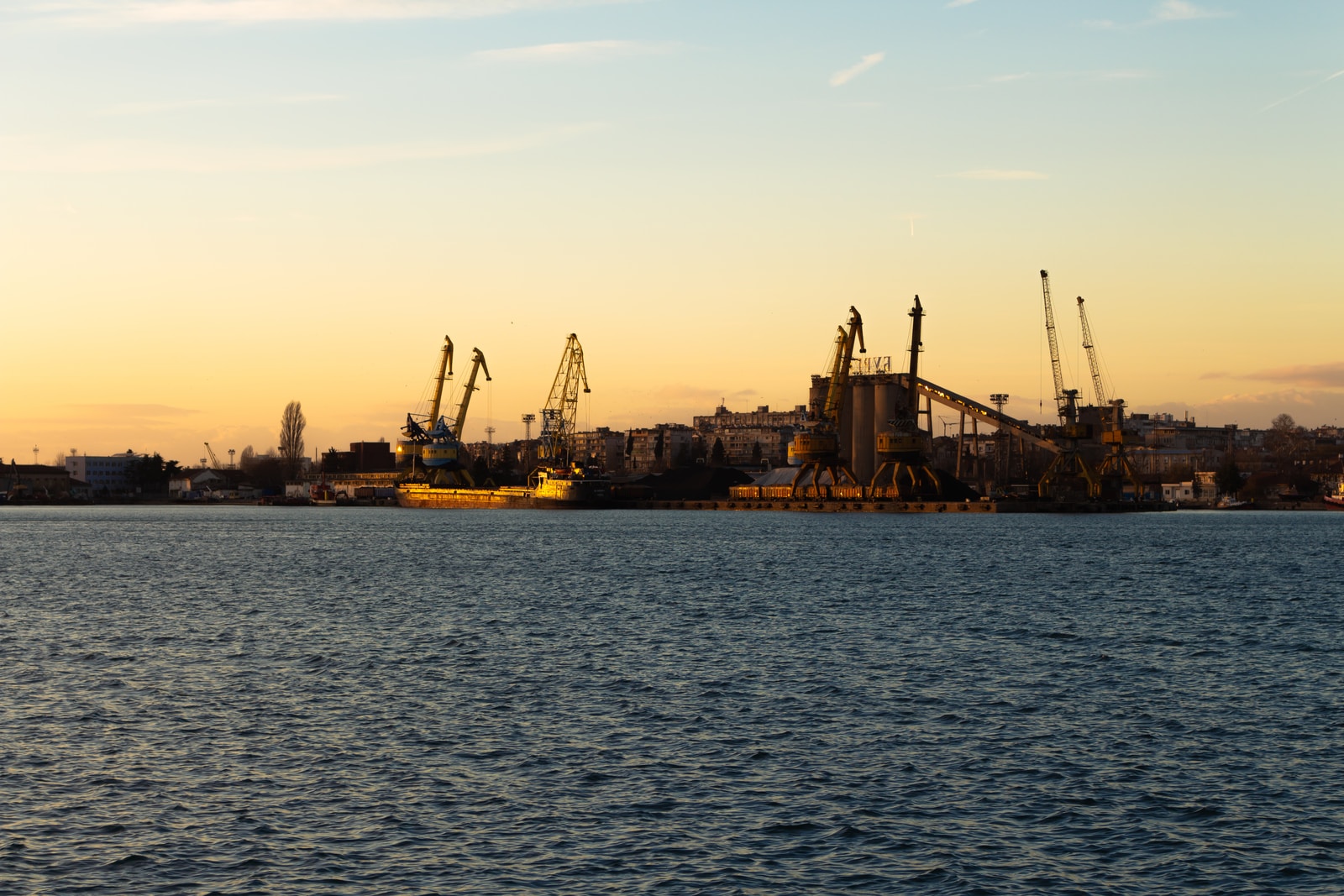Dredging is just one aspect of marine construction allowing for a constant flow of ships from harbor to harbor, across hostile terrain, maintaining the global demand for goods and keeping the economy of countries stable. In the text below, we’ll enlighten you and talk about the importance of dredging, and other marine construction projects and how they influence our society.
Why do we need dredging?
Firstly, not all rivers and water surfaces are naturally deep enough for enormous ships to freely and without any difficulty go through them. Imagine the costs and the impact it would have on the global economy if the capacity of shipped goods was cut in half because of the inability of most ships to reach a harbor. The impact would be felt around the globe, therefore these naturally shallow rivers and water surfaces are dredged. The excavation, however, is the easier part of the job, contrary to popular belief.
Sometimes you need to reinforce the channel and maintain it
After the initial excavation, and after cleaning away all that debris and mud, tons and tons of rocks and sludge, the next step is building a channel. After you have established the channel, regular maintenance is required to prevent clogging and the accumulation of all the removed sludge and mud. Under certain weather conditions, this must be done periodically over a longer period of time for a clear and passable way. During the process, high-functioning super pumps are applied if the viscosity is too high, as the liquid can easily become denser due to the accumulated slope and mire. This is known to cause many problems, and therefore the pumps are working under enormous pressure to ensure the effectiveness of the whole operation. The really solid parts are removed mechanically with baggers and sometimes for smaller bits of manpower, though rarely. It is also common and normal to enlarge the channel from time to time and do further excavations if the vessels passing are of a bigger constitution.
Their main purpose
Basically, as said before, the main purpose is establishing a safe way through impassable terrain allowing vessels to reach many harbors and transport their goods safely. The dredging part is time-consuming and tedious, yet, once finished, it allows for better and quicker navigation through the newly established channel. Cargo ships and even passenger vessels would never come through without this process. The prices of most essential goods would skyrocket, catapulting the global economy into a collapse and making life for millions harder. Thousands of miles are dredged across the US and generally the world, for establishing a better transport of goods and ensuring a stable economy.
The different types of marine constructions
Dredging is not the only kind of marine construction going on the sea bad, they generally can be divided into three categories: 1. Fixed, 2. Movable, 3. Complementary structures. The first kind of marine structures are fixed to the sea bed for longer periods of time such as concrete platforms or submarine pipelines.
The second kind of marine construction is the making of movable structures. Drilling platforms, for example, are normally floating components that can be quickly rebuilt if necessary.
We also have complimentary structures that are not fixed to anything but are durable and have various joint alignments that allow them to move six degrees and are weather resistant.
How bad is it for the environment?
The most often asked questions when it comes to marine constructions and dredging are the negative effects it supposedly has on the environment. In the past, uncautious dredging had a severe impact on the ecosystem, as noise pollution, demobilization of land, sedimentation, and change of landscape affected the living organisms. Yet, nowadays, with the help of professional engineers and strict regulations, dredging has practically become harmless in most cases. Professionals are looking at all the different impacts and outcomes while considering it, and often postpone if the time is not right. There are still certain risk factors involved, but teams are working hard to reduce even the little impact left.
There are constructions for our own good
Not all marine constructions are based on the notion of making economic progress, most constructions conducted at the moment are for the security and safety of people. Especially in regions where there is a higher risk of weather-related incidents, such as tsunamis and earthquakes, walls are built to prevent the damage it can do to private property and the lives of people. Other constructions are for the purpose of making effective storage space for boats and other goods. So much of the work done has a utilitarian purpose.
We hope you’ll find these facts useful and educational, and they cleared up any misconceptions or misunderstandings you had.


